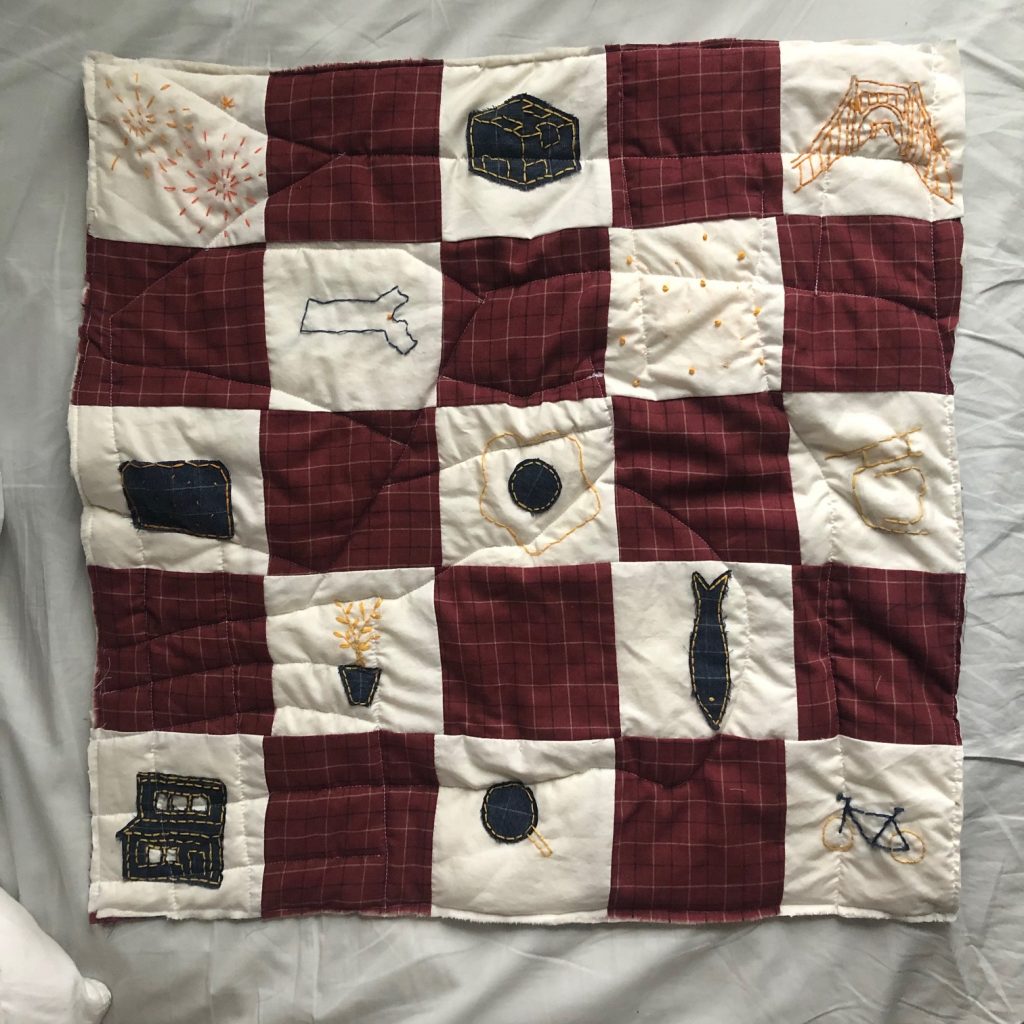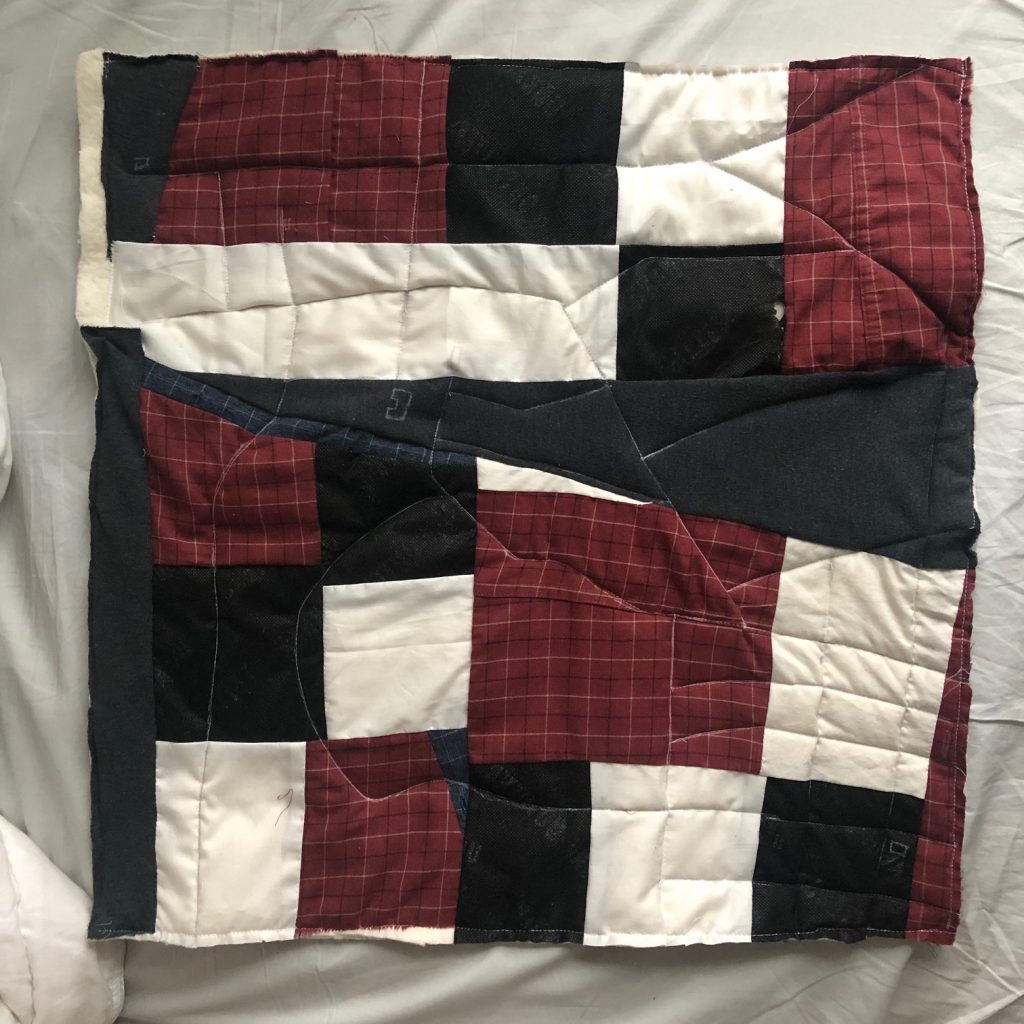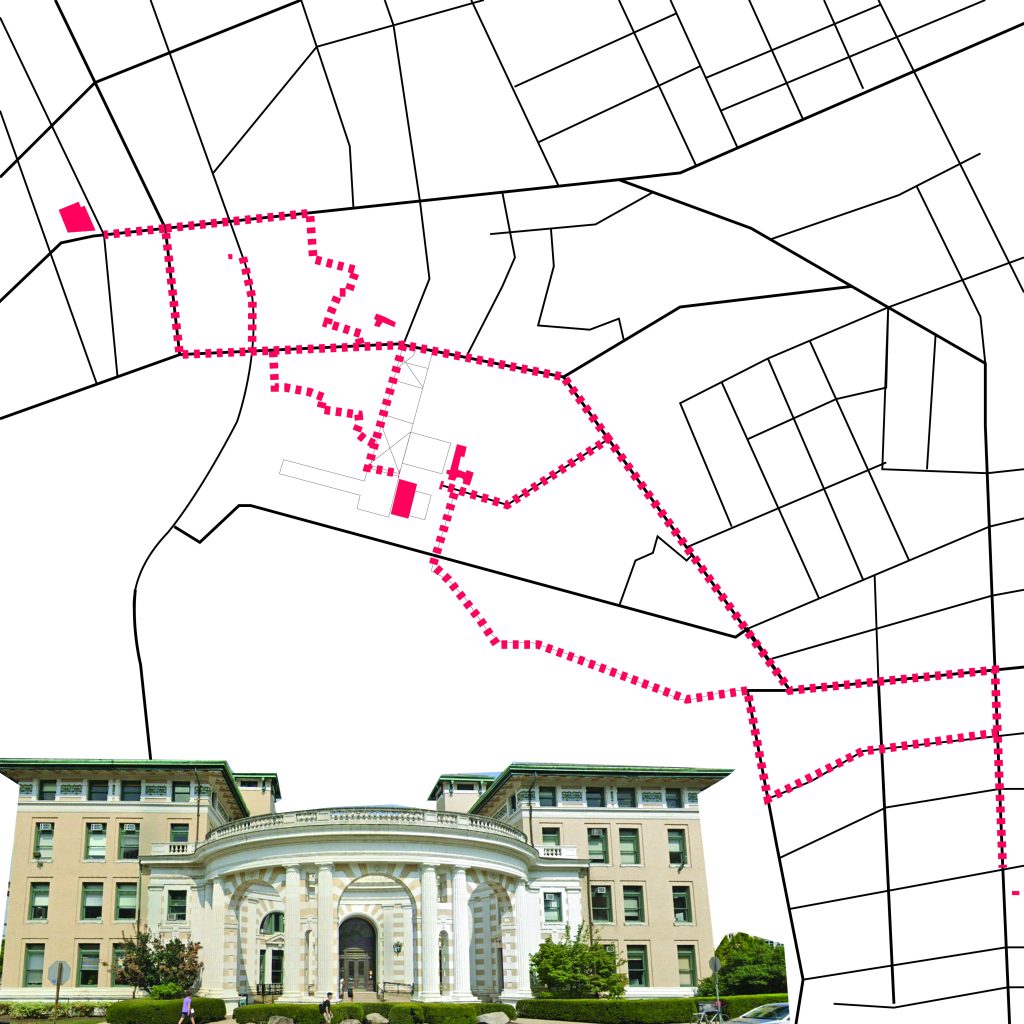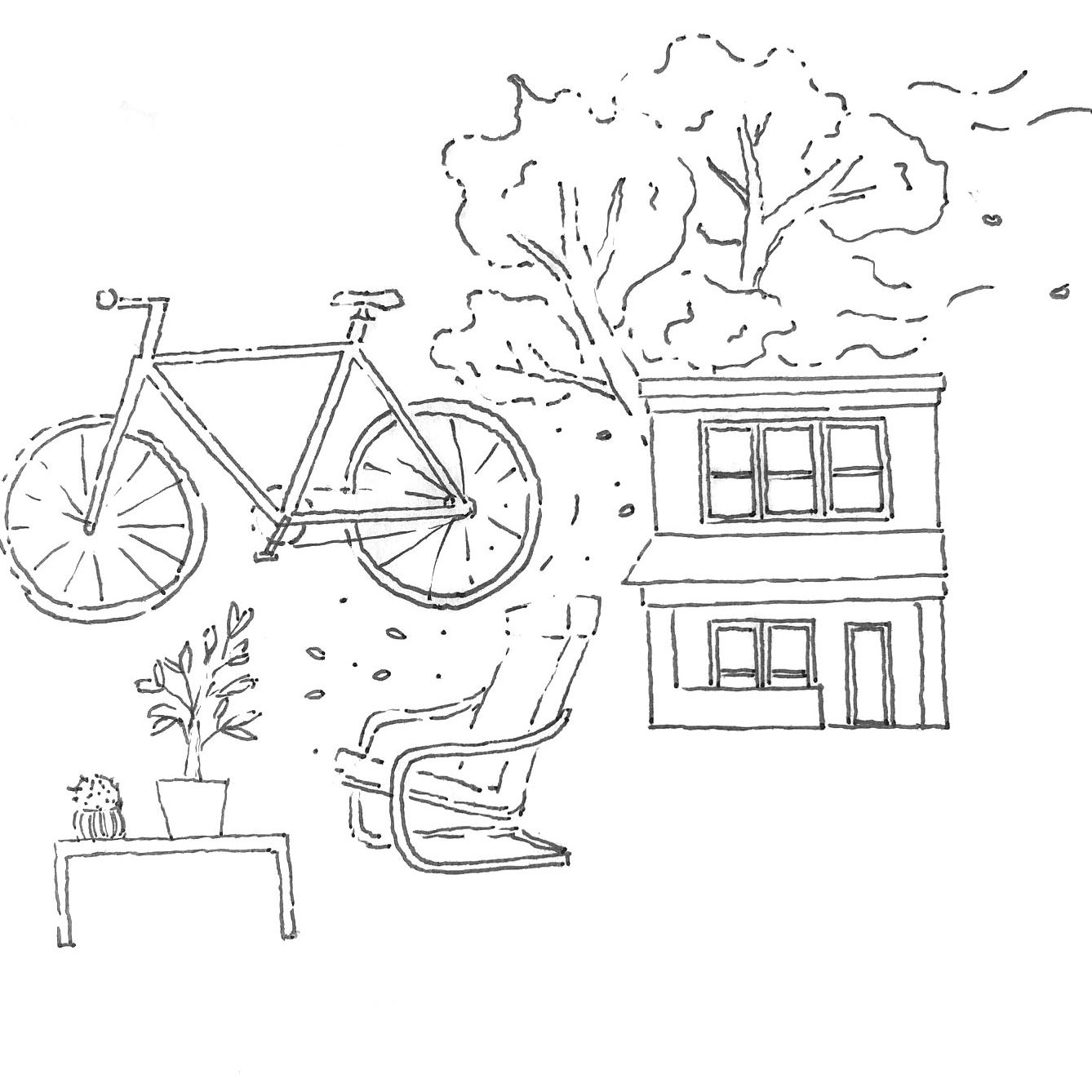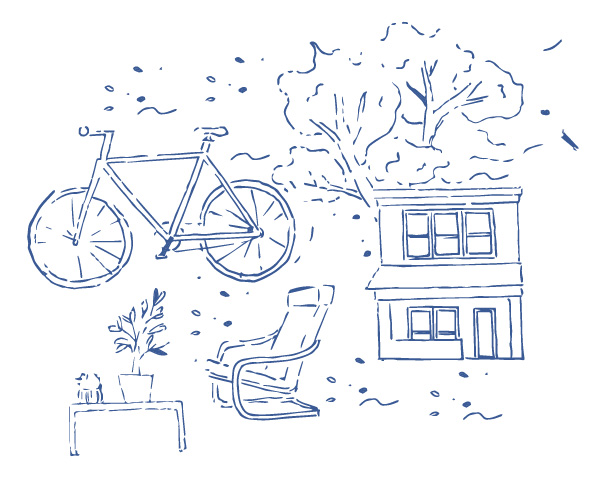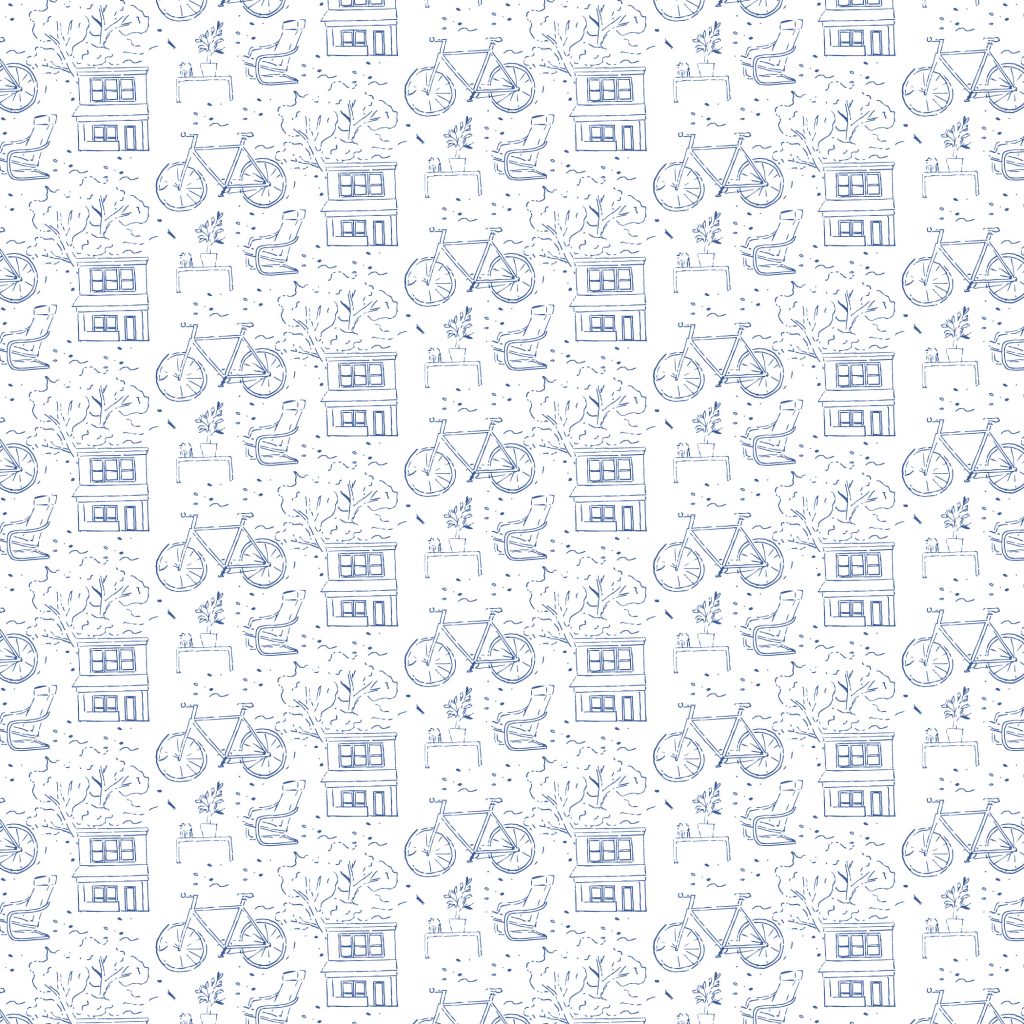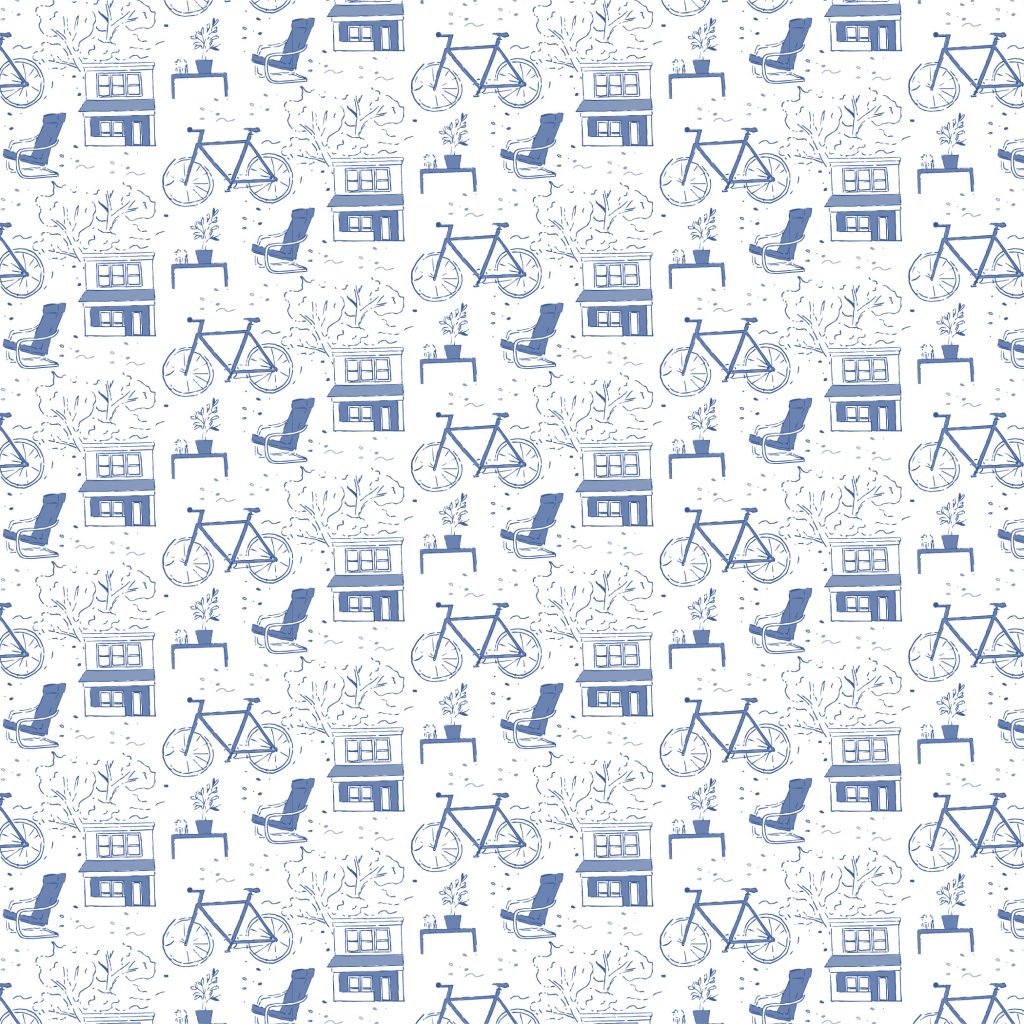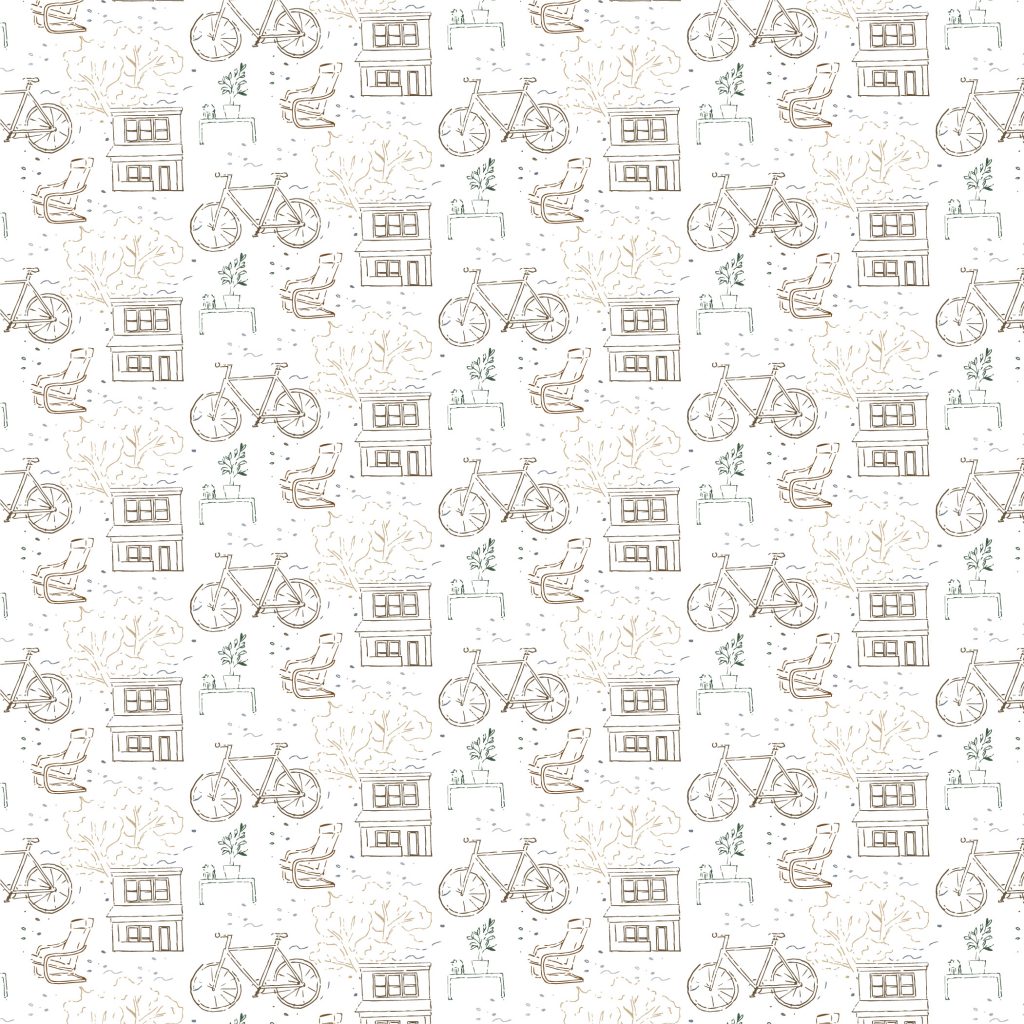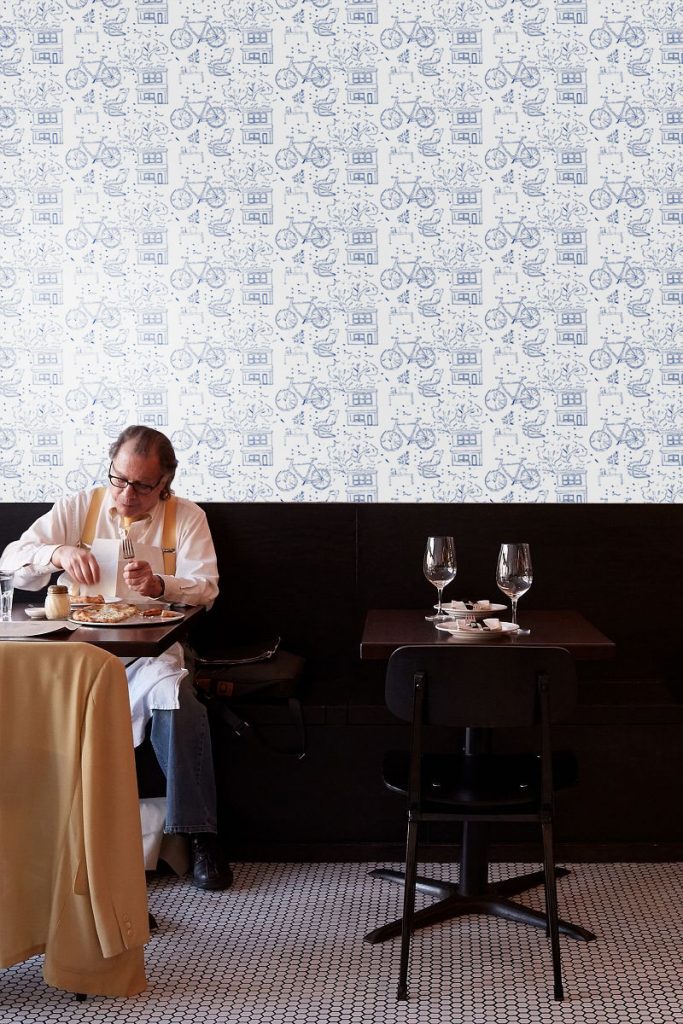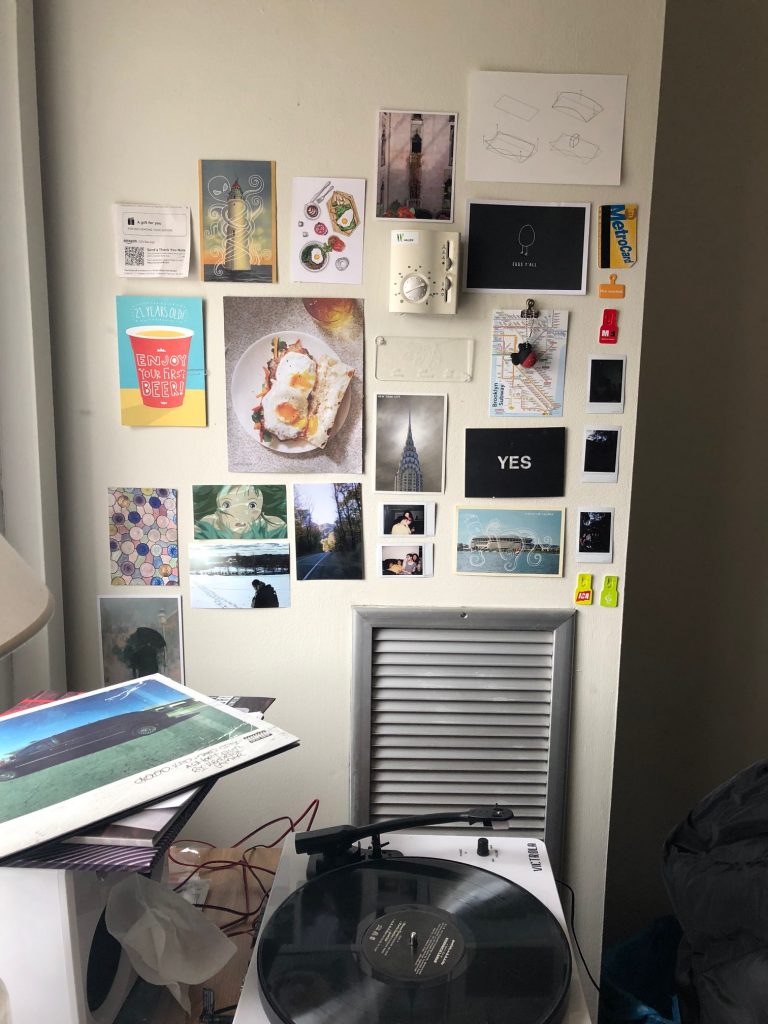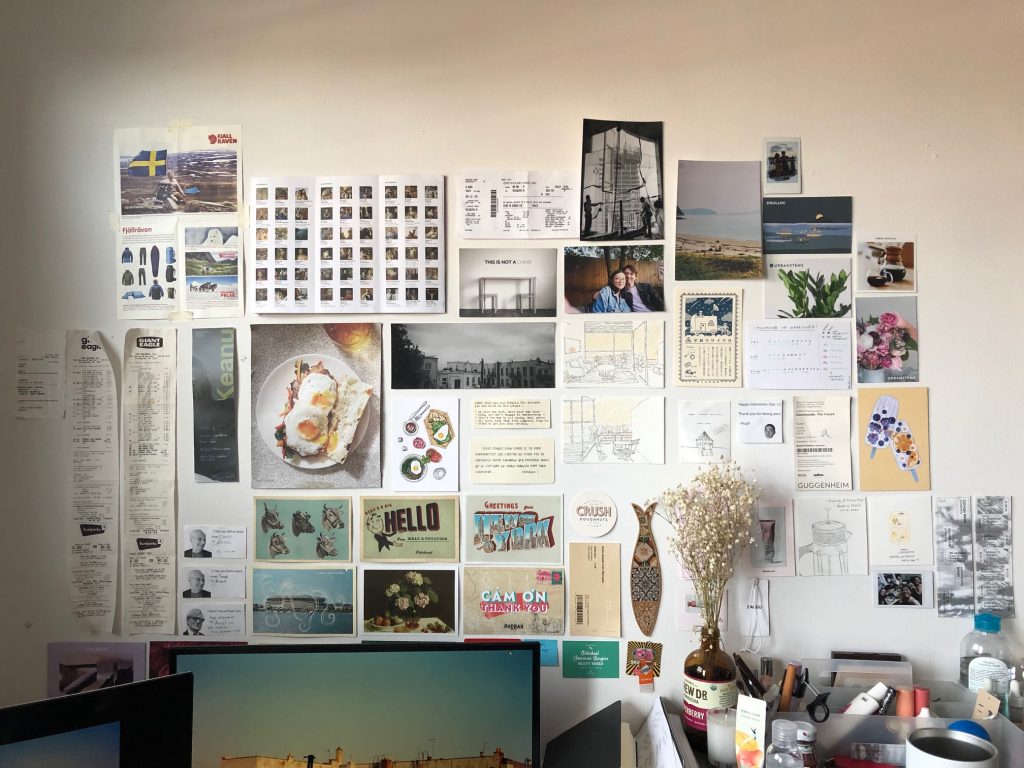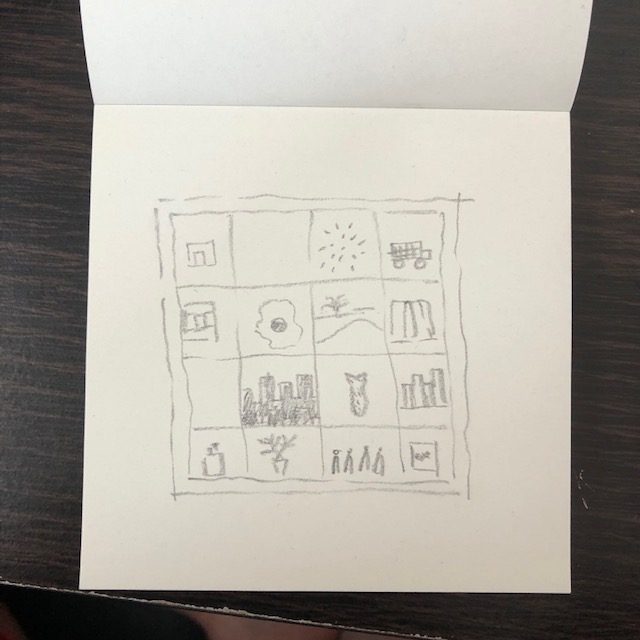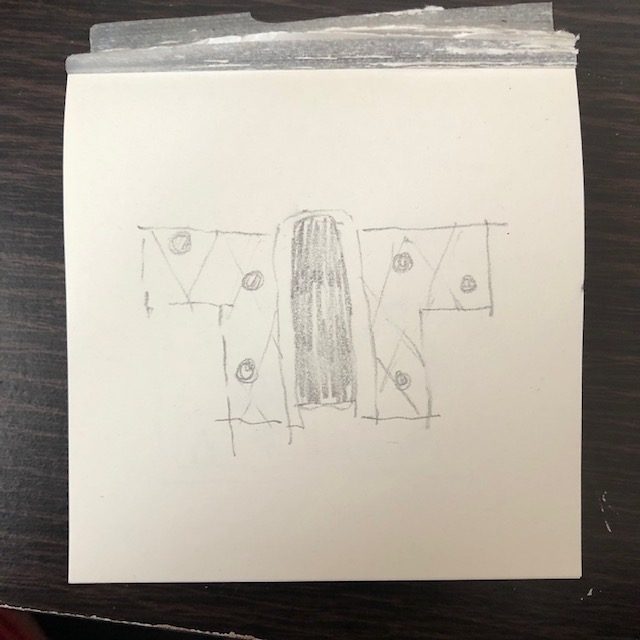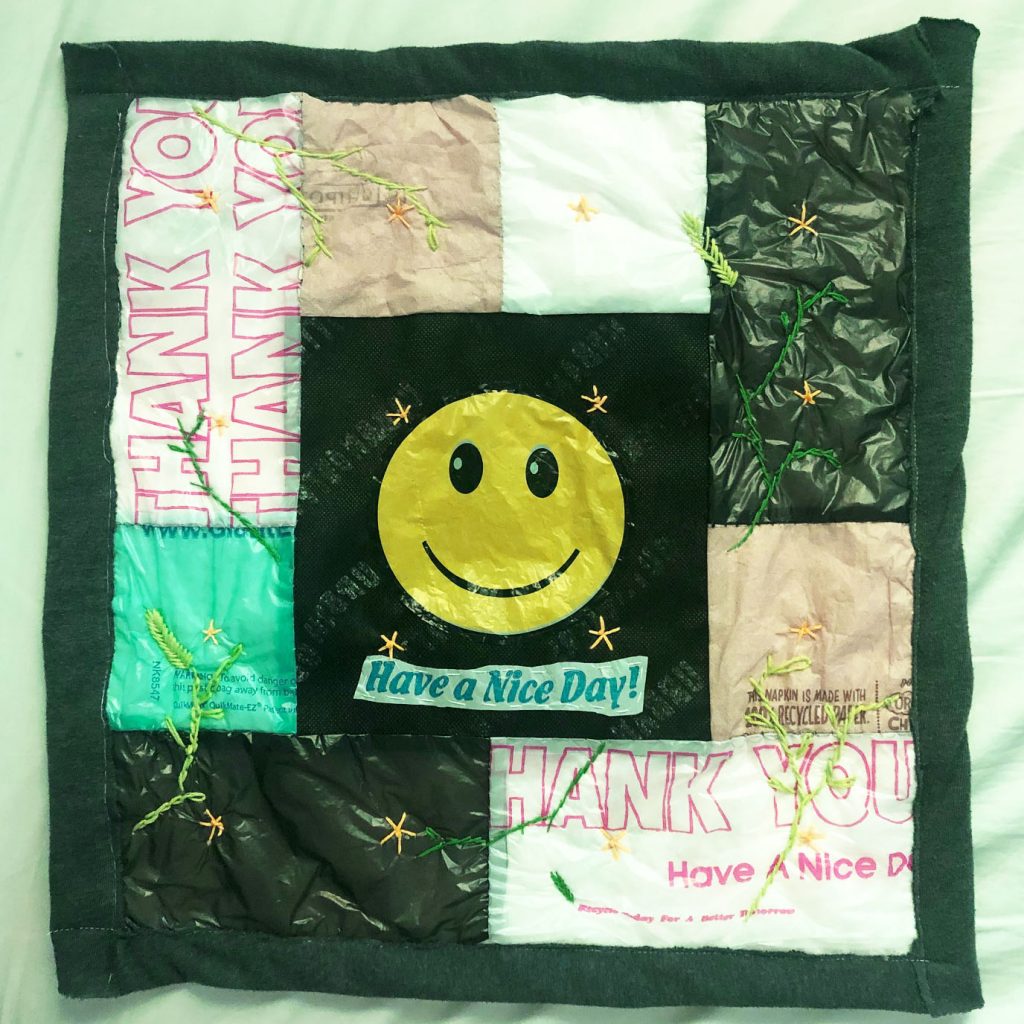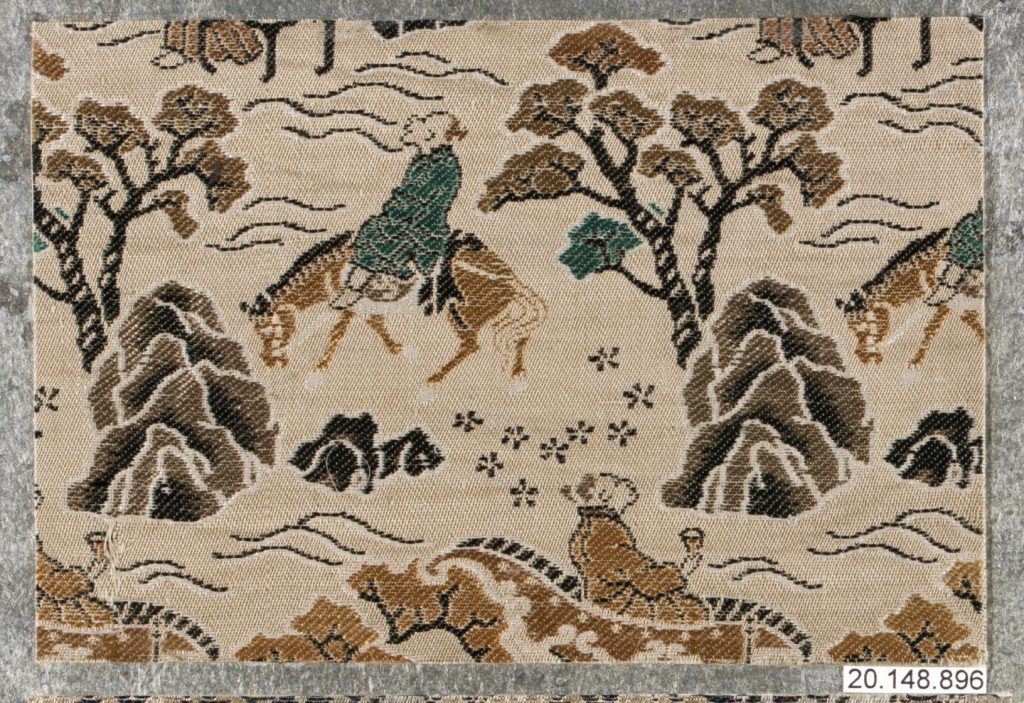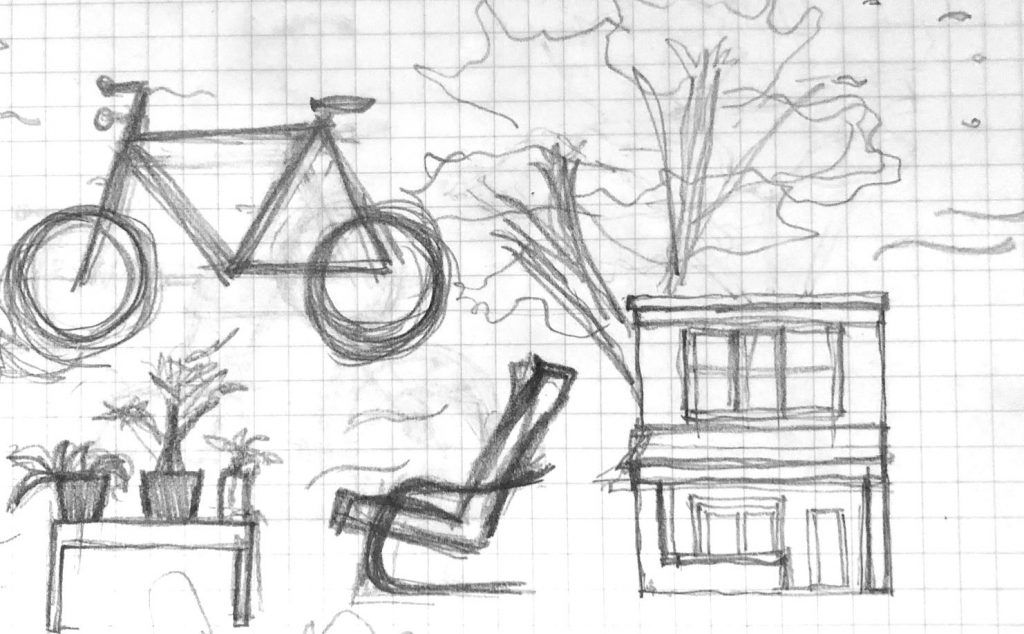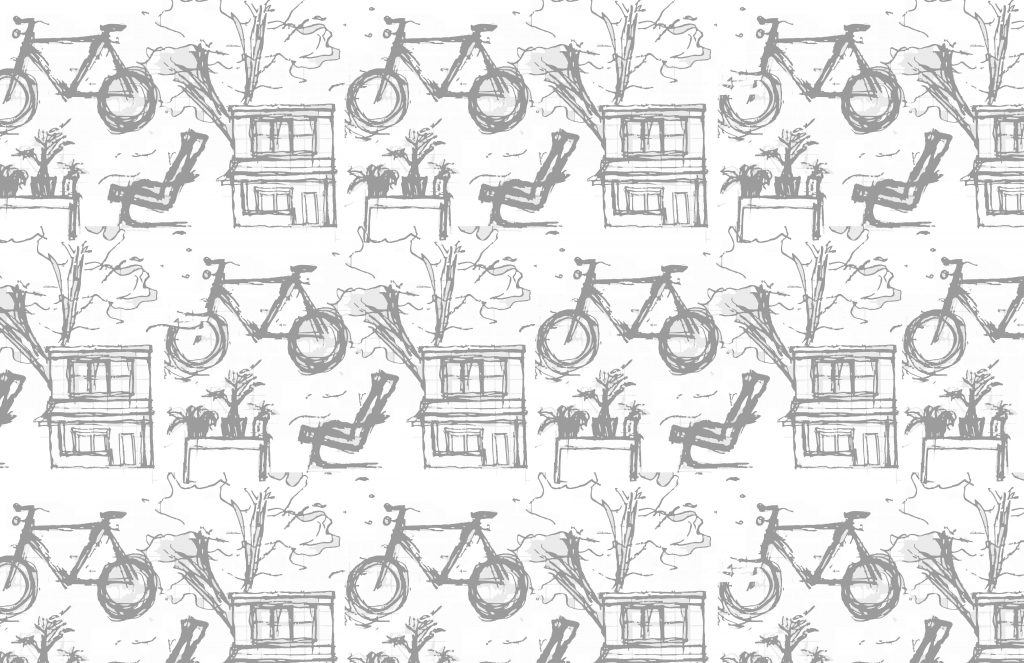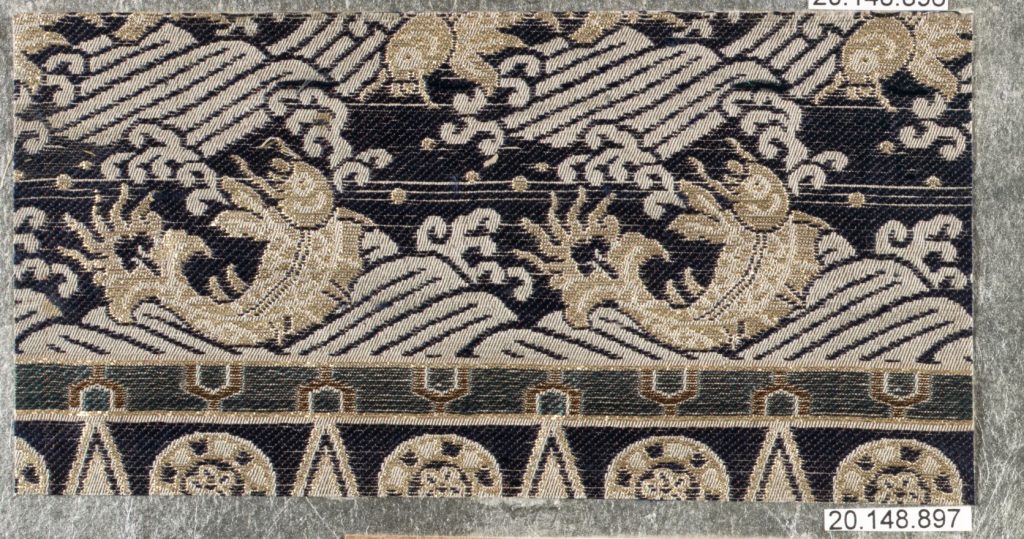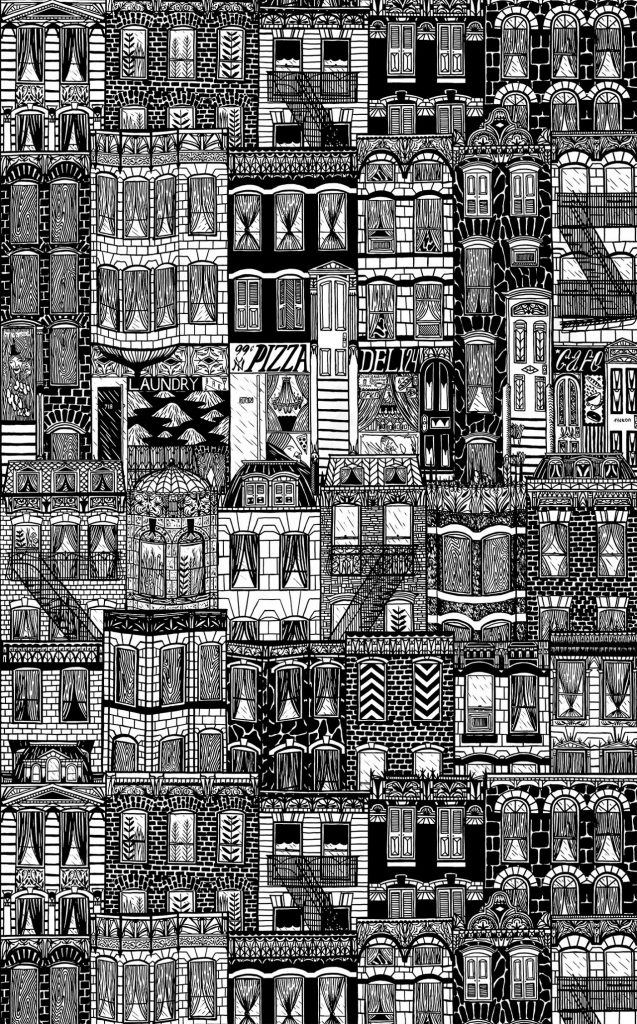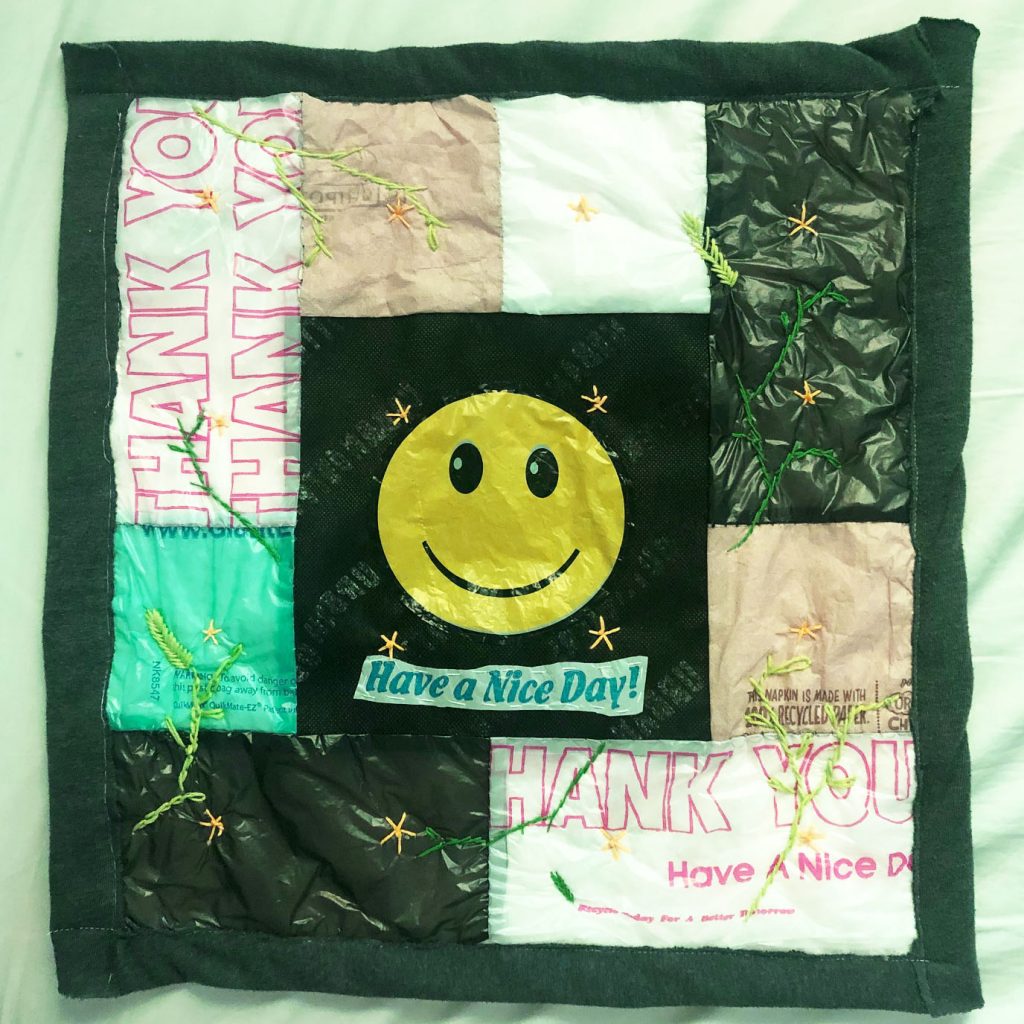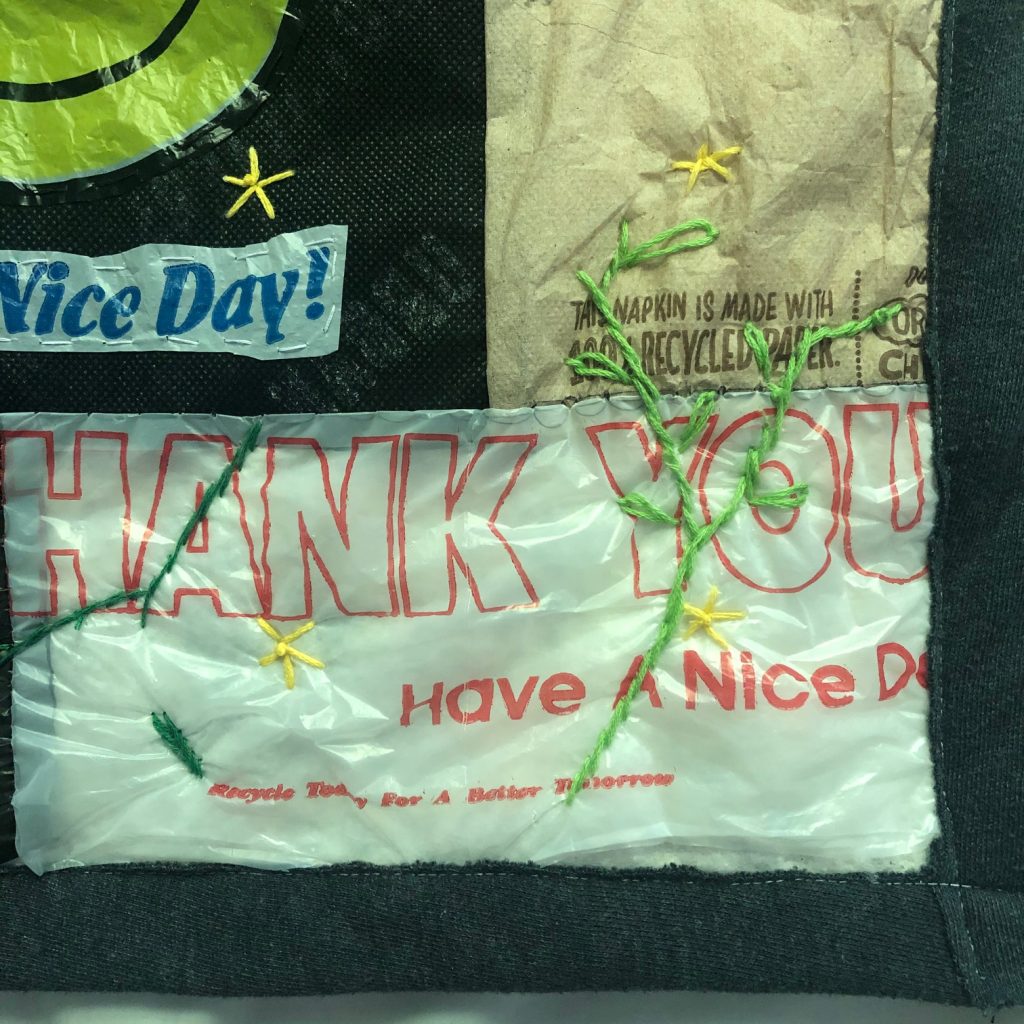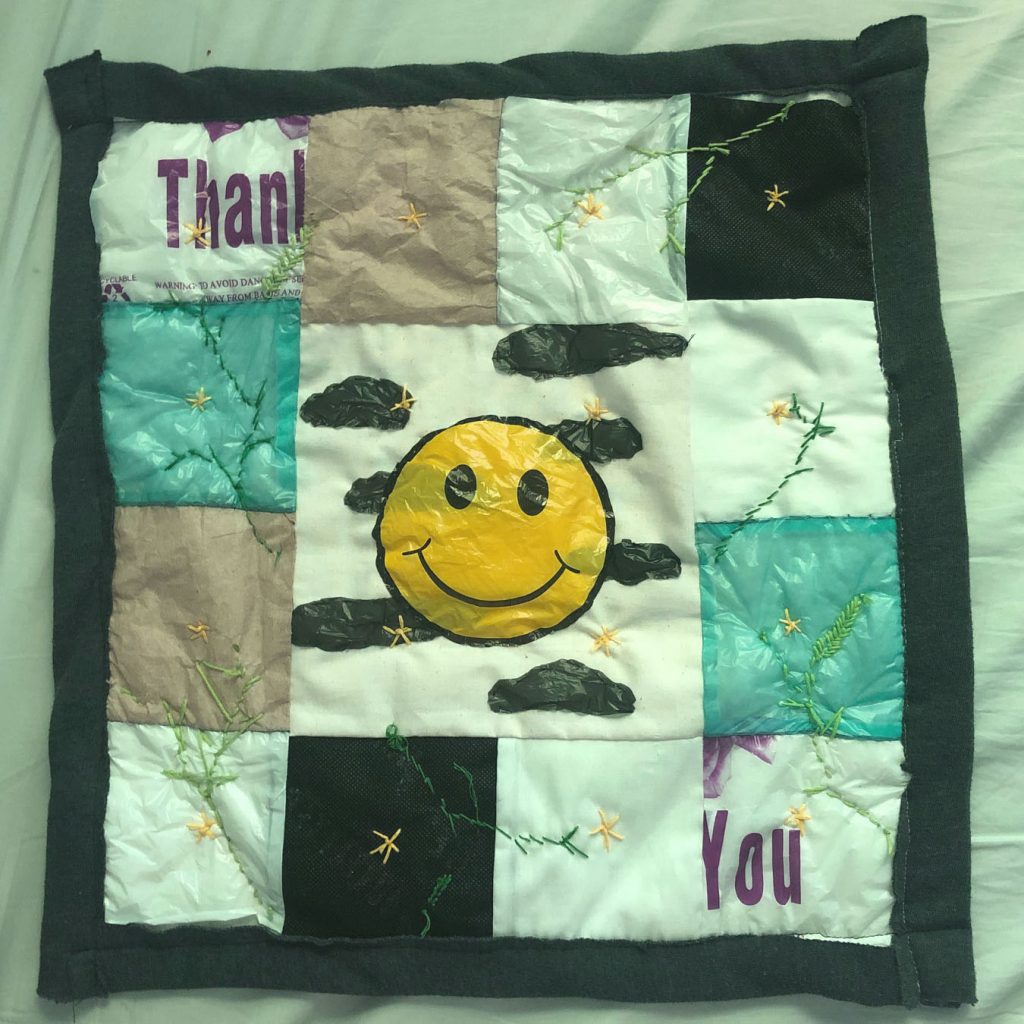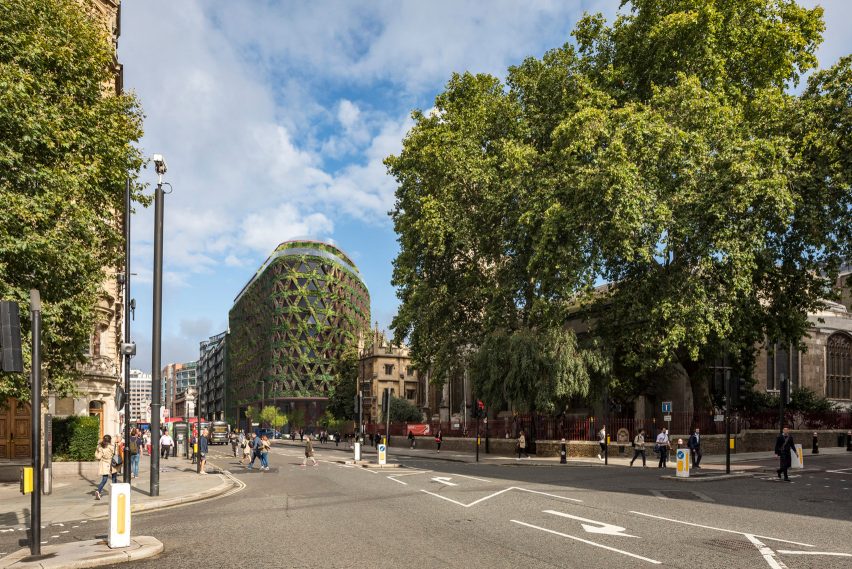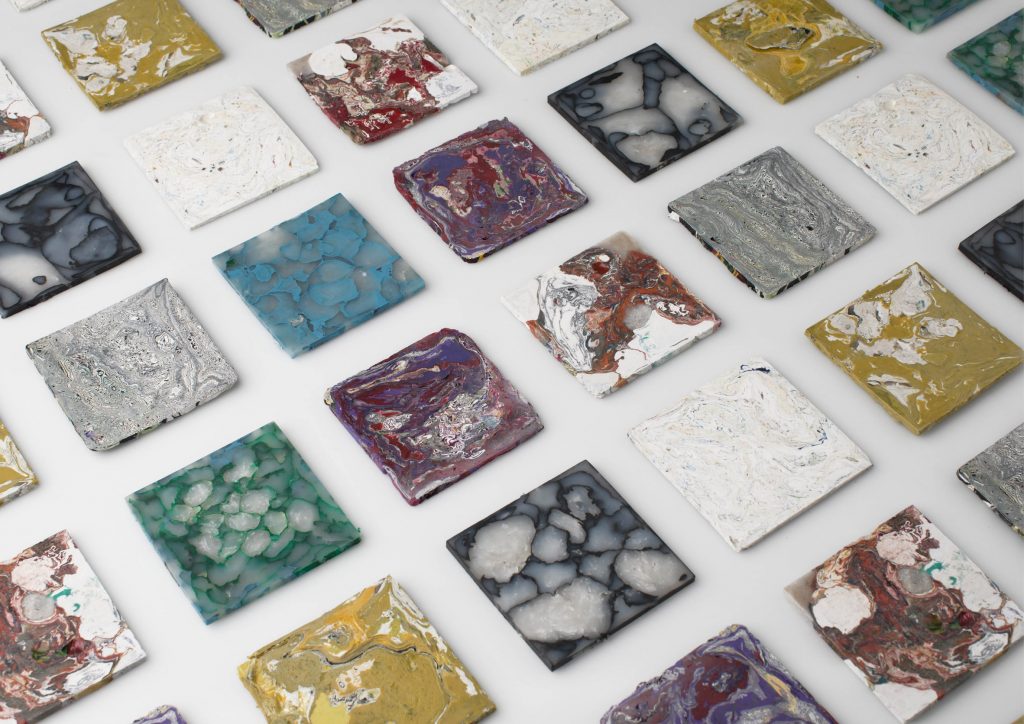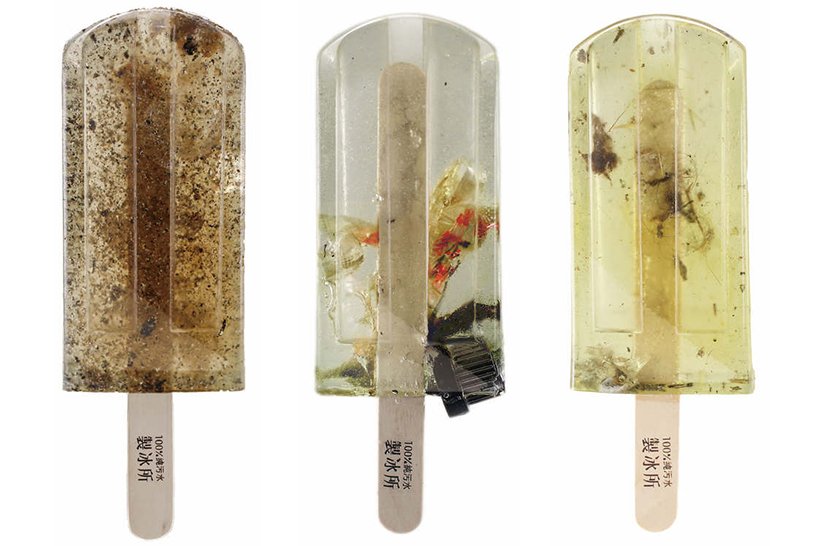For my independent project, I made a story quilt about my time at CMU. I chose a quilt because I liked how the medium was able to show different layers of information – the piecework and the actual quilting.
Materials: For the front (gridded), I used my old fitted sheet from my first two years, and is a Twin XL so I haven’t been using it, and I know my mom will make me throw it out when I graduate, so I might as well upcycle it. The red and blue parts are from thrifted button up shirts that I cropped, and used the leftovers. The red pattern reminded me of the red brick houses in Pittsburgh.
The back is made from scraps from this project and my previous project- the encoded cloth of recycled bags- because something I have become very aware of especially the past few years is sustainability, and to maximize resources.
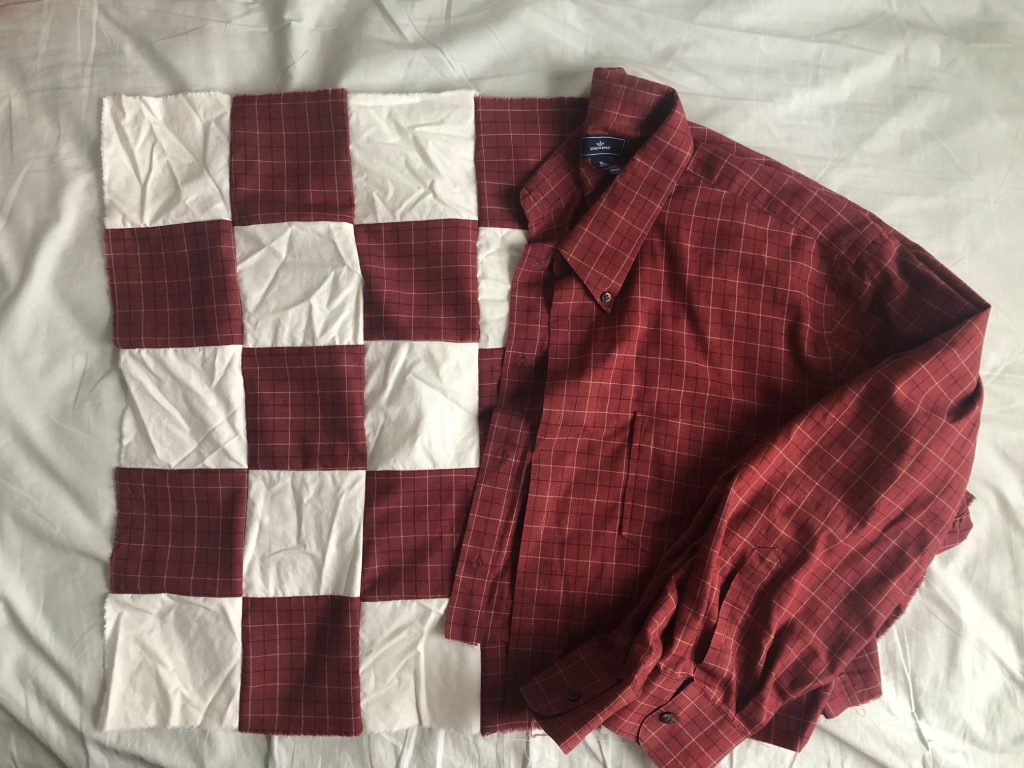
Design: I made a 5×5 grid for my five years here, each row representing a year. The quilting is actually a map of the Oakland-Squirrel Hill area, with CMU at the middle. All of the places I’ve lived the past few years could be found in this area. It is oriented to be read from the back. I very much associate place with memories, so in this case, it is literally what binds everything together.
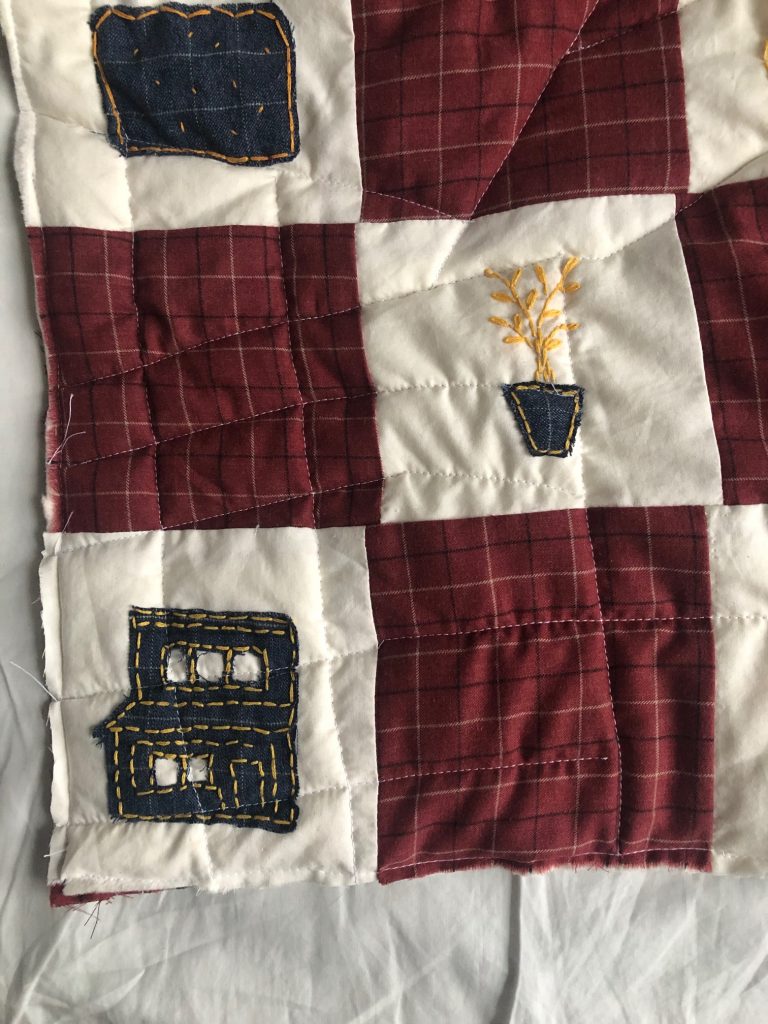
Right: I got a money tree last year, one of my first house plants, and it has still been thriving
Bottom Left: The front of the house I am currently living in
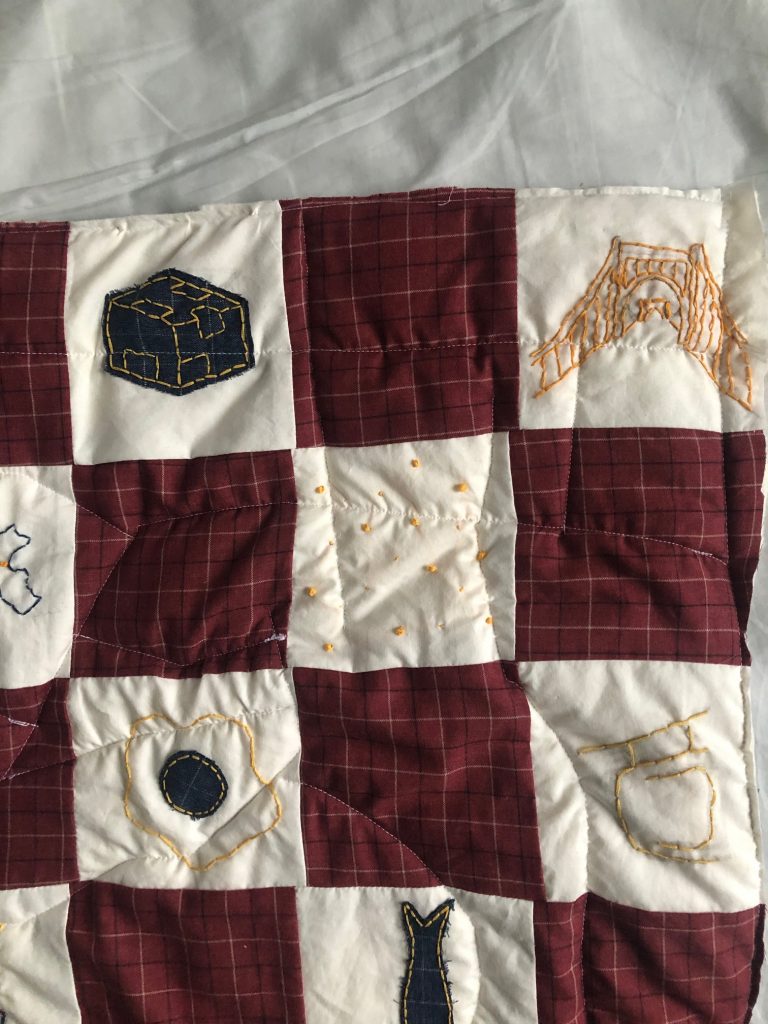
Top Right: I used to explore Downtown a lot first year when I was homesick
Second Row: My friends and I drove out of Pittsburgh and I was amazed by how many stars I saw for the first time (I’m a city girl..)
Lower Left: I have always just had a poster of an egg banh mi hanging up in my room all these years for some reason
Lower Right: Third year, I won second place in a design competition with one of my best friends with that design
Bonus: The fish (sardine) is a souvenir I hang on my wall from my trip to Portugal for studio my fourth year
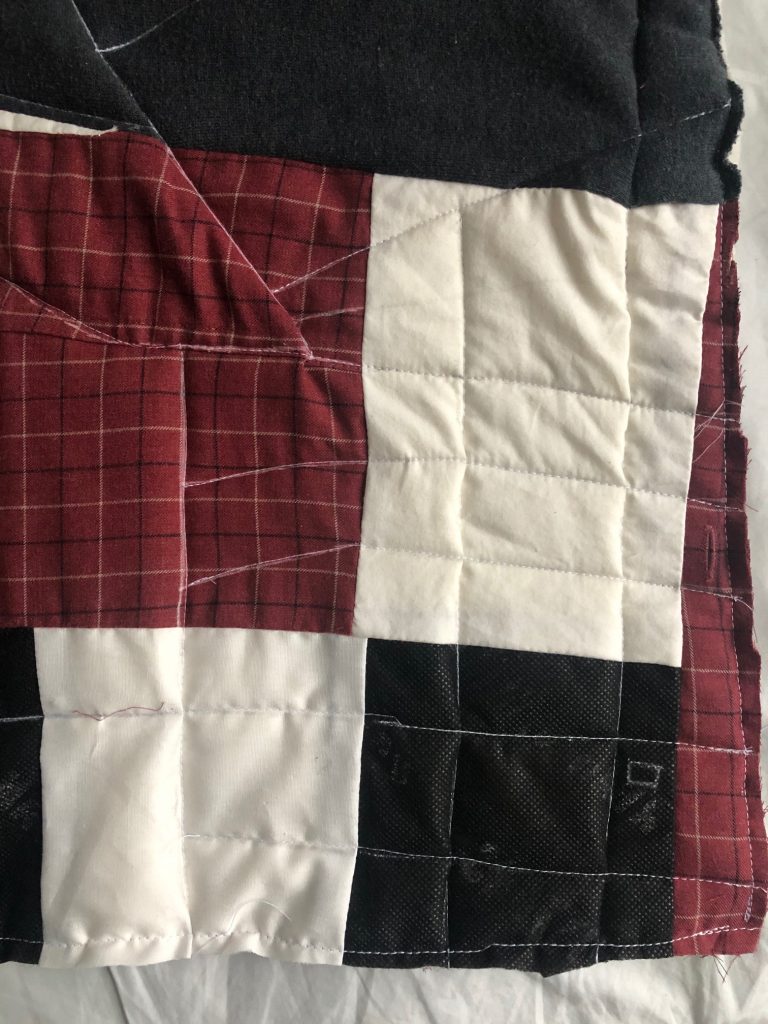
Throughout this project, and this semester, I grew a lot. I have gotten faster at embroidering, and more comfortable with using the sewing machine! I am pretty happy with how the quilt came out. Next time, I would like to make a quilt that is sized to be used!

